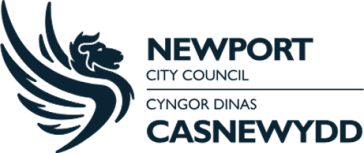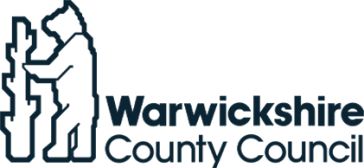26 September 2022
Why hasn't payroll evolved as quickly as other business functions?

In many cases, the pandemic has pushed organisations to adapt and embrace technology more quickly than they otherwise would have.
The following article was originally published on Payroll Index.
Indeed, McKinsey reported that companies had accelerated the digitisation of their customer and supply chain interactions, as well as internal operations, by three to four years back in October 2020 – just six months after the pandemic truly took hold.
This shift has continued to gather momentum in the near two years since as firms have continually adapted and evolved in the new normal. Yet it is equally clear that many organisations still need to iron out several creases.
Take payroll, for example. Often overlooked as a beneficiary of digital transformation projects, it remains largely rooted in traditional practices, with 72% of organisations still using manual methods to complete it.
Unfortunately, any lack of meaningful improvement has left many finance departments grappling with inefficiencies, challenges and unwanted costs. Indeed, a MHR survey revealed that 46% of firms still require manual admin to process payroll. Not only does this mean associated processes take longer, but teams have to work longer hours to complete them.
At the same time, 36% of respondents stated that it distracts them from critical business tasks, while almost a third (32%) said more mistakes occurred because of manual administration.
These errors have several adverse implications. Indeed, our survey reveals that of those respondents who have experienced incorrect or late pay in the last 12 months, 61% have been financially impacted. Further, exactly half of employees would consider leaving an employer in the event of repeated salary errors.
Inaccuracy, human error, inflated costs, time constraints, demotivated employees – these are just some of the consequences of manual or badly run payroll processes. Yet with the right strategy, such affects are easily and entirely avoided.
Benefits of digitised payroll
Thanks to technological improvement, many areas of payroll processing can now be automated, serving to improve accuracy and reduce errors to mitigate fines for non-compliance, reputational damage and reduce the risk of employees leaving.
With fewer manual workflows, data entries and calculations, professionals can free up much-needed time that could be better spent on more business-critical tasks, adding greater value to the organisations.
Further, cost savings can be dramatic. In an organisation with 500 employees, it is estimated that payroll errors could cost as much as £150,000 annually, this being critical given that 91% of UK and Republic of Ireland organisations admitted to making payroll errors every month.
Digitised payroll can also serve to improve financial wellbeing by providing reassurance employees will be paid accurately and on time.
With real-time payslips, employees can see what they’re earning while they’re earning it, enabling them to plan financially without question marks over what they might receive come pay day. This is particularly useful for reducing stress and uncertainty among new starters who might have emergency tax codes or have joined halfway through a month.
For organisations, the benefits are also extensive. With real-time figures at their disposal, payroll teams can report on ongoing costs facing the business at any time. This greater financial foresight can be used to action vital decisions faster such as investments into new hires or productivity software more quickly that will serve to ease any burden on existing employees and enhance talent retention.
Indeed, a stronger digital approach can enable minute-by-minute reconciliation, a smoother payroll process, reduce risk, and reduce costs, as well as improve accuracy and reporting to track errors and helping business adapt faster to change.
Barriers to adoption – and overcoming them
This does raise a puzzling question: with so many potential benefits, why do 72% of UK and Republic of Ireland organisations continue to use manual methods when calculating payroll?
When transferring to automated payroll, the biggest challenge organisations face is the change in culture that such a shift can bring. Many payroll professionals may feel uneasy about the transition. Some may wrongfully interpret any proposed such change as an attack on their skillsets or accusations of underperformance, exacerbating concerns over job security.
At the same time, some payroll professionals will have spent their entire career using old-fashioned spreadsheets. These staff may be ingrained in their approaches and mindset, lack confidence in switching to newer technologies and not wish to move out of comfort zone, particularly if they simply don’t understand why any digital transformation needs to happen.
The main way to alleviate these fears is through open, honest and clear communication from the top down. Strong reassurance and transparency from the board can go a long way to successfully complete the payroll automation processes.
CFOs need to regularly communicate with HR and payroll employees to make them aware of the benefits that automation brings, and reassure them it is for their support, not replacement. From an organisational perspective, there are also challenges.
With so many vendors on the market, it can be confusing to know which automated payroll solution is right for your business. Ultimately, the right partner will be the one who can offer helpful guidance on which solutions, services, products or packages make the most sense based on your specific needs.




































































